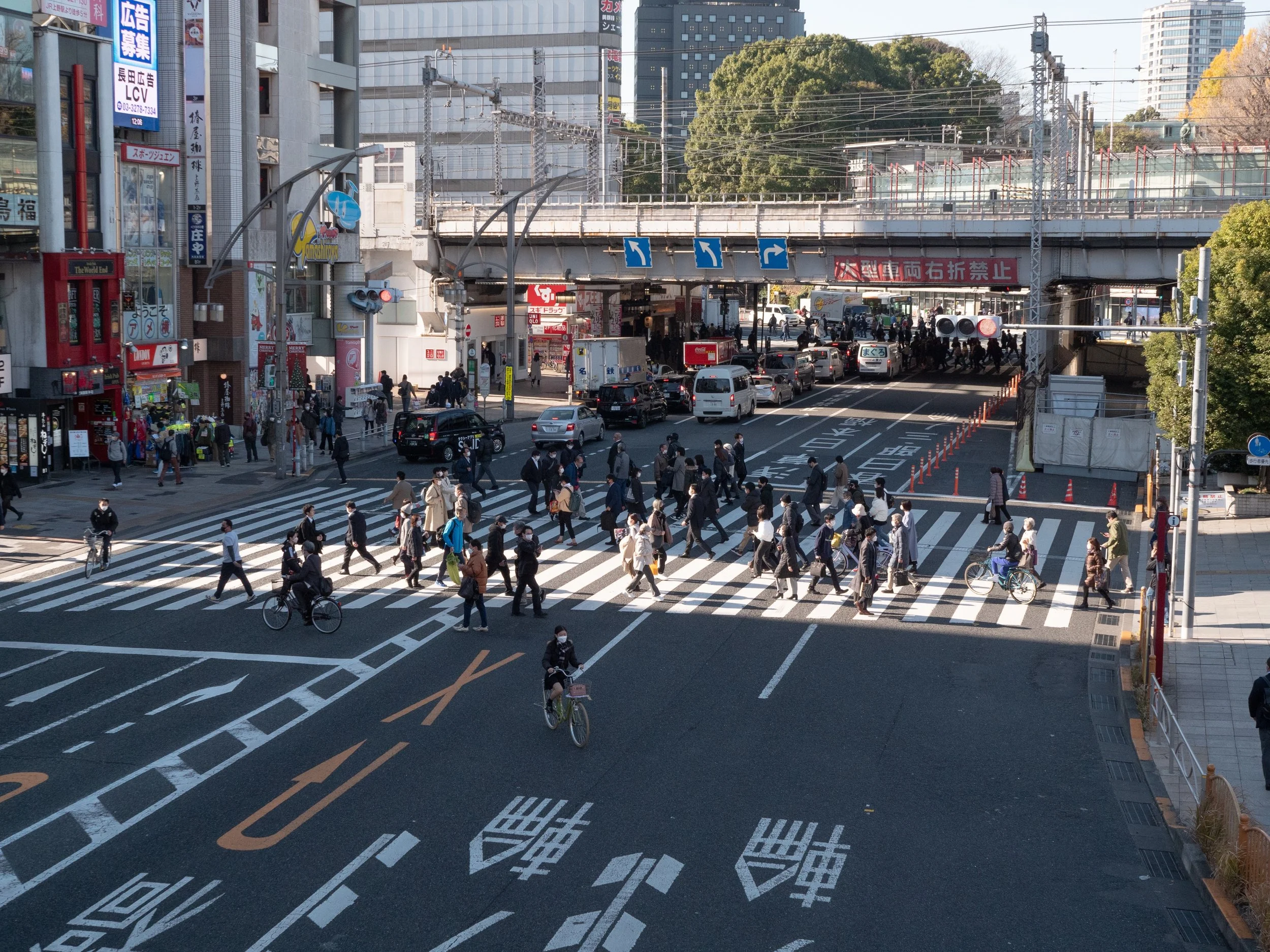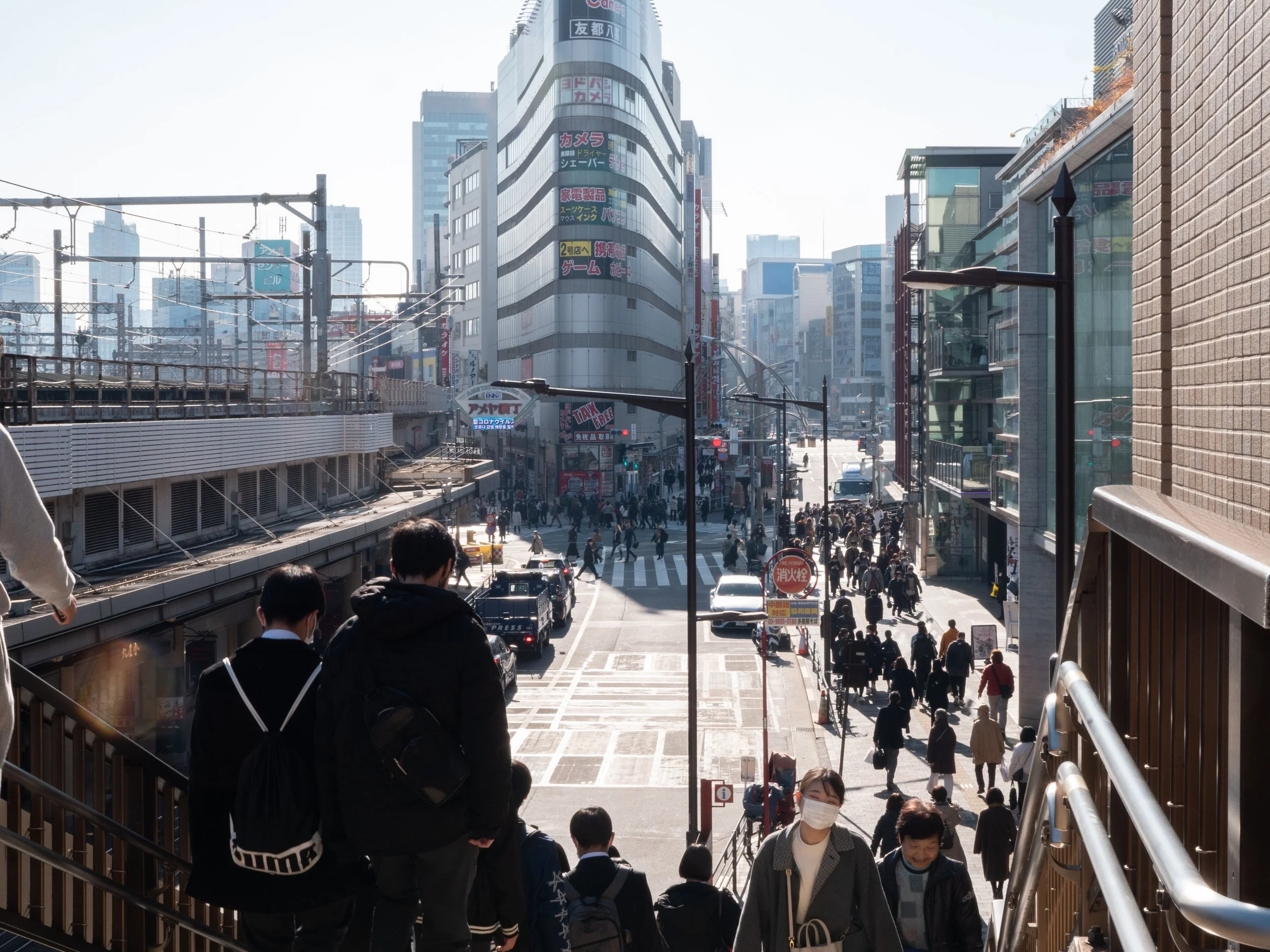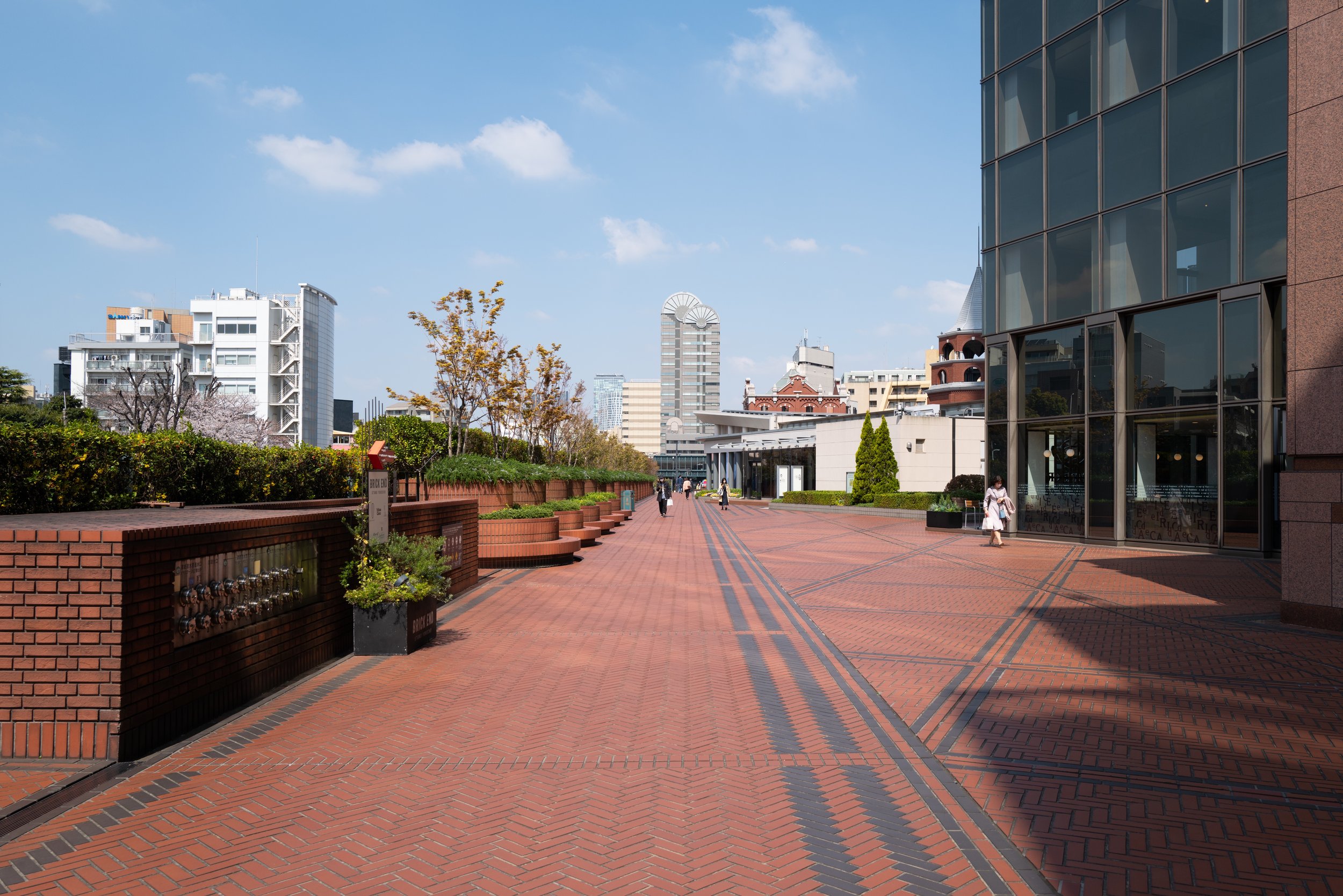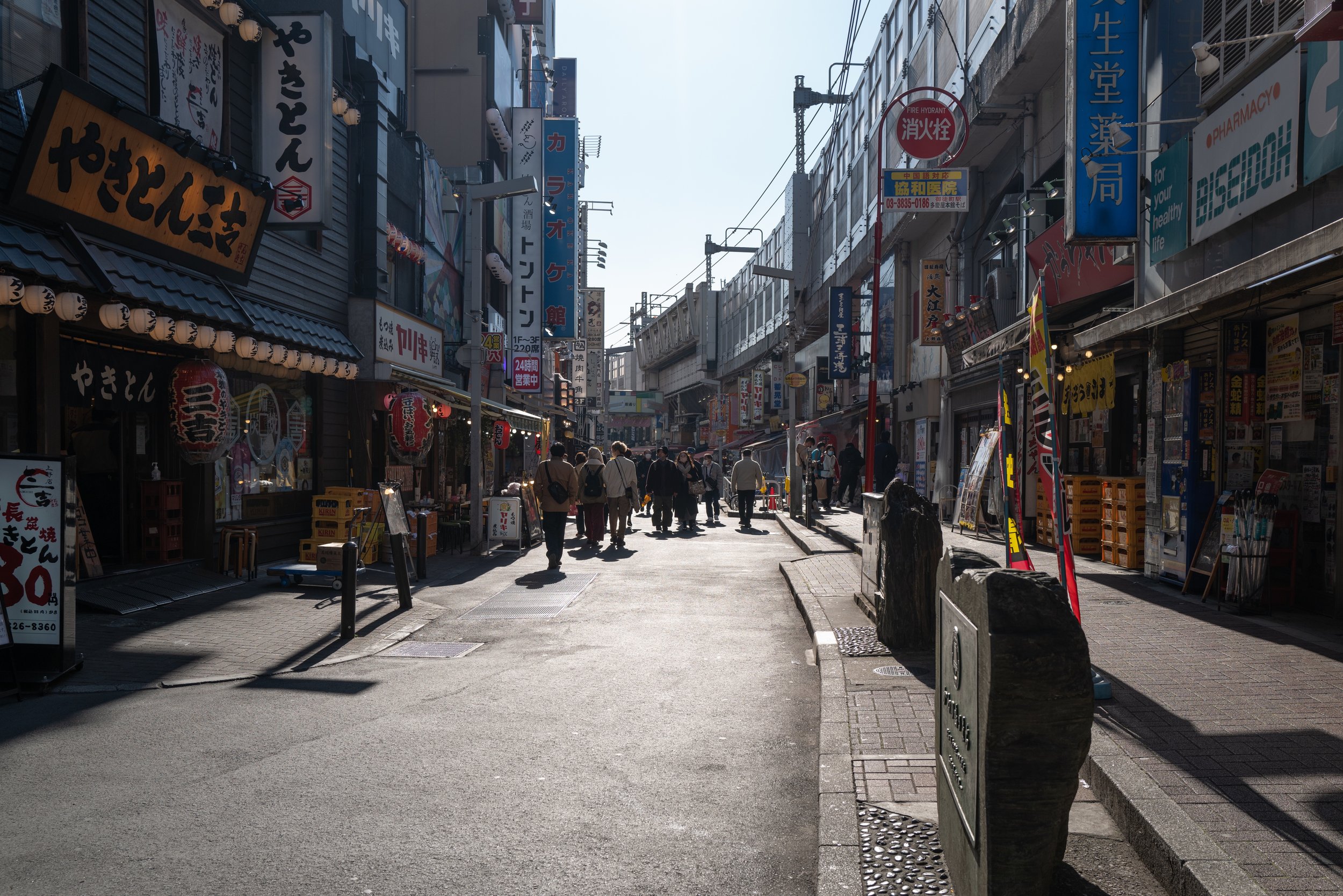
UENO
Pandas at the zoo
The Ameyoko market and the screams of the vendors
Museums for a journey into culture
Ueno: Tokyo's Cultural Hub
Key Highlights
Ueno Park: Home to Japan's oldest zoo with pandas, diverse museums, and seasonal beauty
Ameyoko Market: Vibrant 500m shopping street with energetic vendors selling fresh fish, clothing, and street food
Museums: World-class institutions like National Museum of Western Art and Tokyo National Museum
Must-See Attractions
Pandas at Ueno Zoo
Seasonal cherry blossoms and lotus flowers
Diverse cultural and historical exhibitions
Ueno Park: Tokyo's Cultural Oasis
A large public park in Tokyo, Japan, renowned for its rich cultural offerings and natural beauty. Home to multiple world-class museums, the park attracts visitors with its diverse attractions and seasonal cherry blossoms.
Key Attractions
Tokyo National Museum
Ueno Zoo featuring pandas
Kaneiji Temple
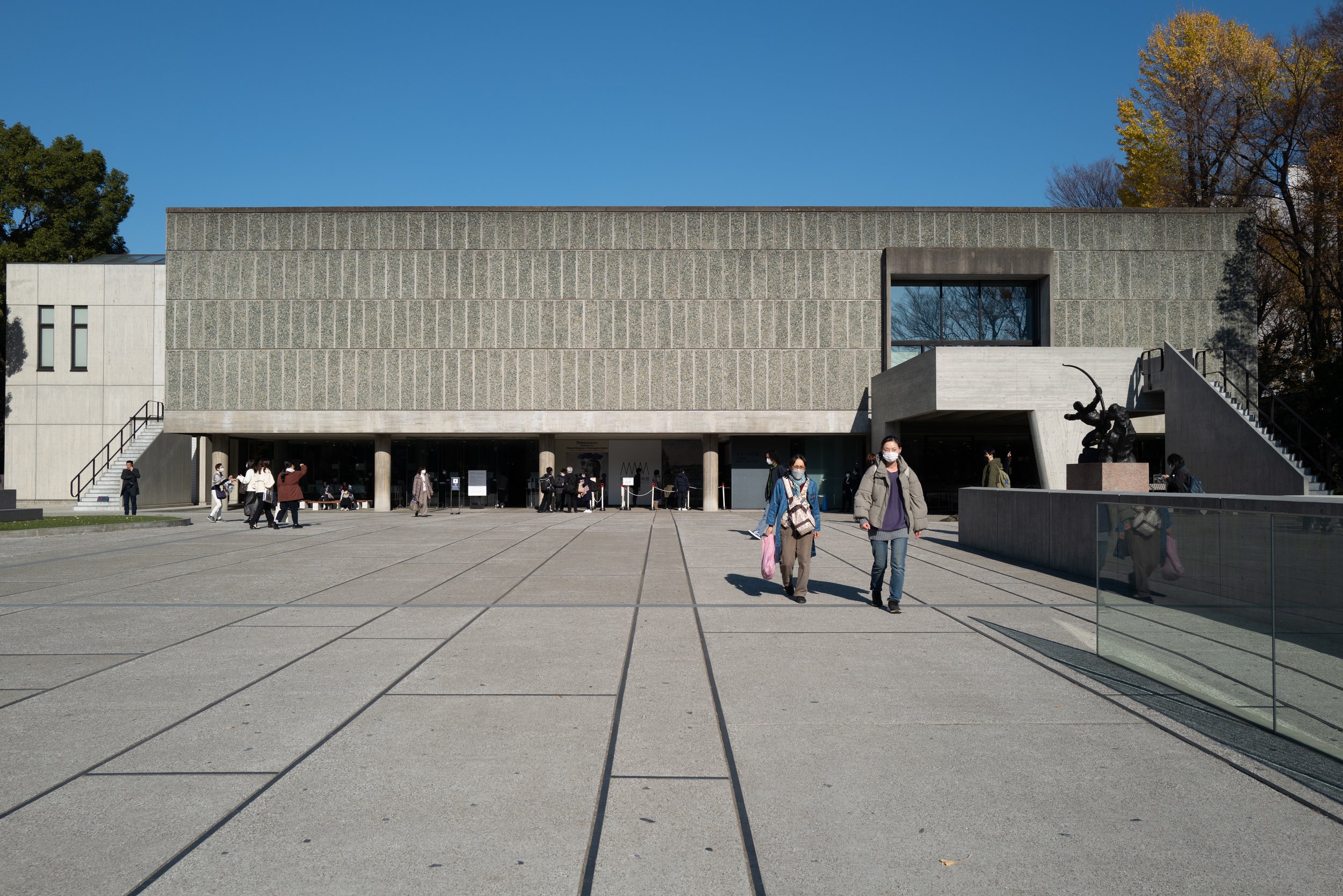
National Museum of Western Art Ueno
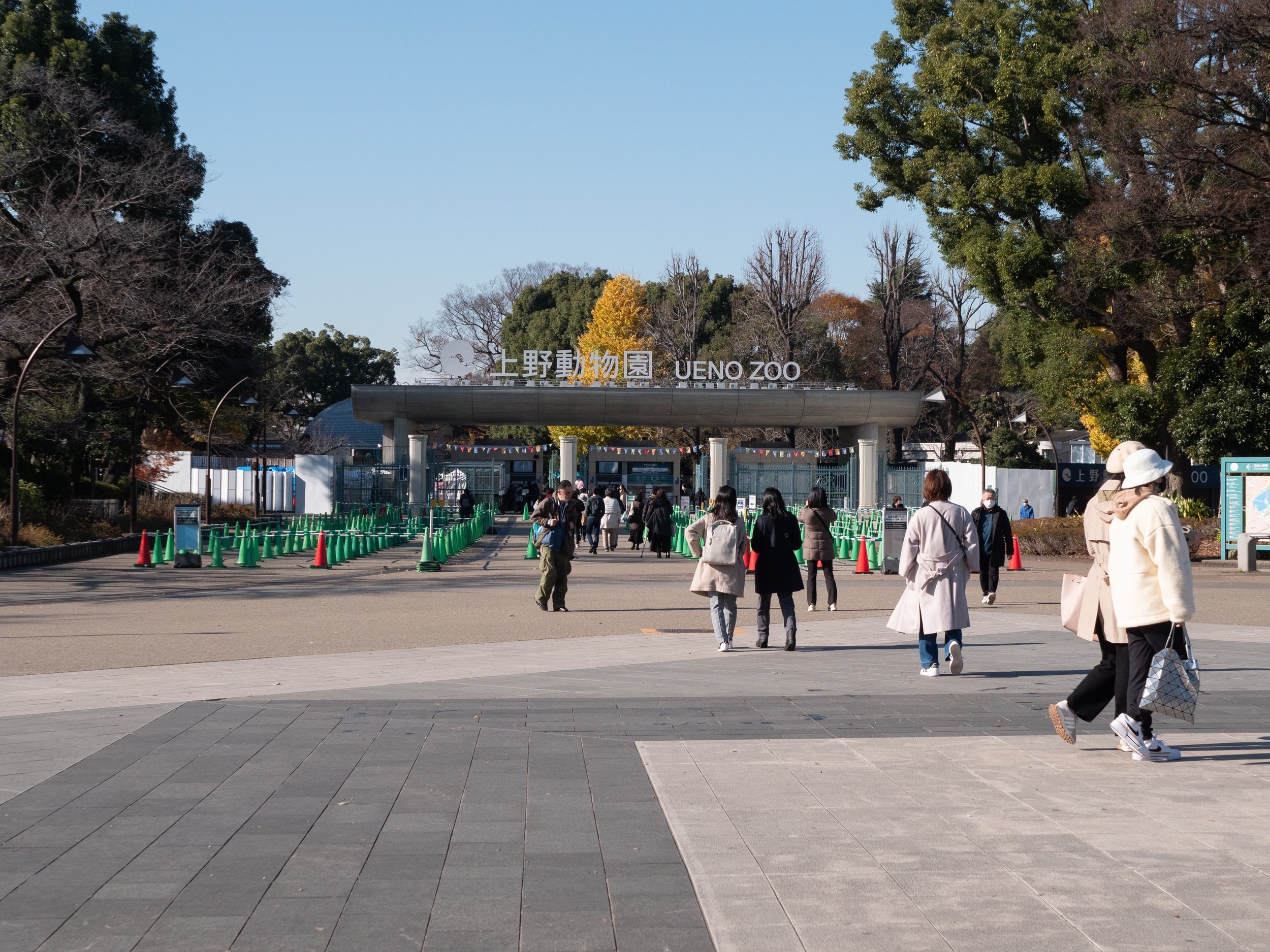
Entrance of Ueno Zoo where there are pandas
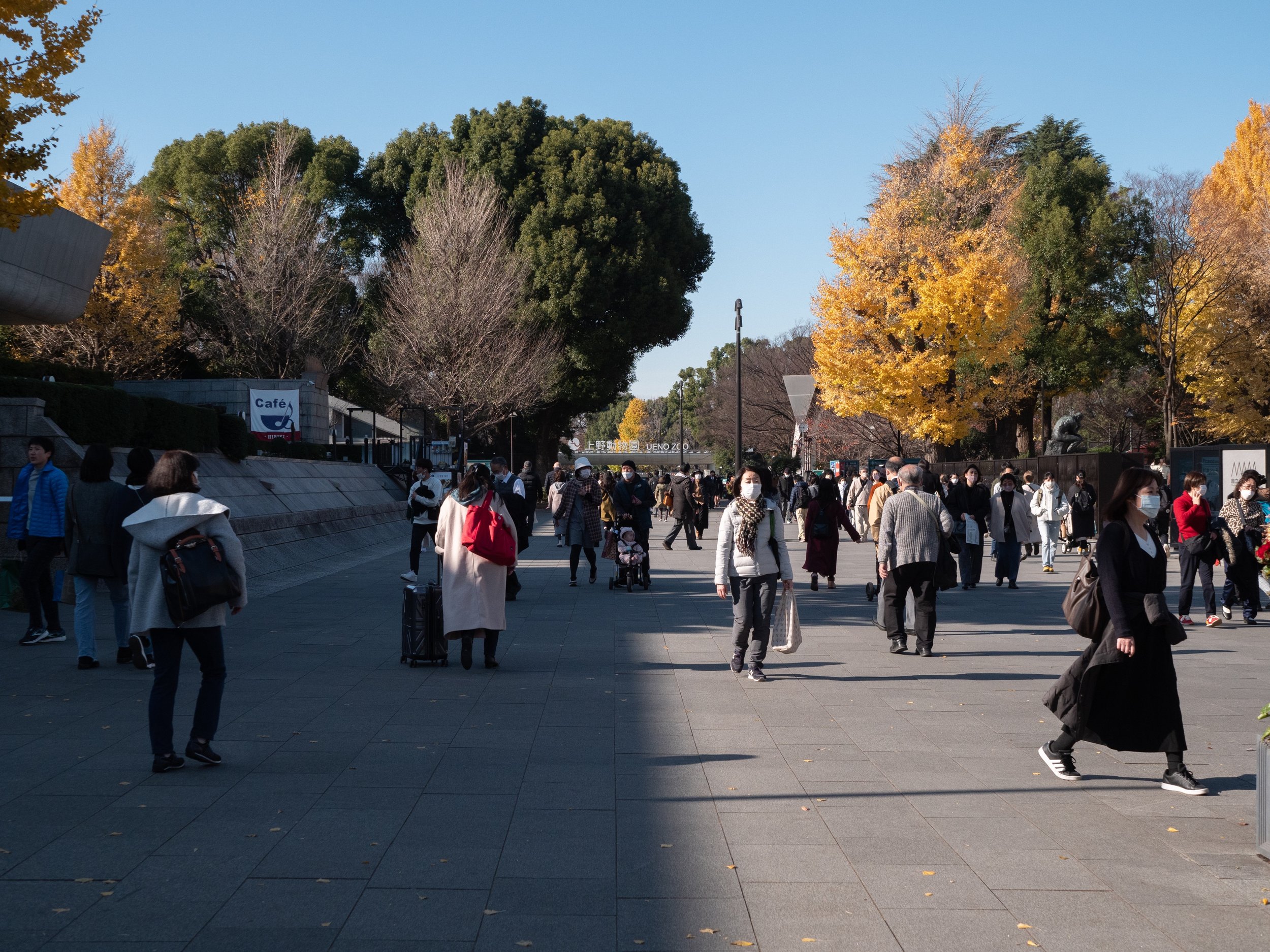
Ueno park on sunny day
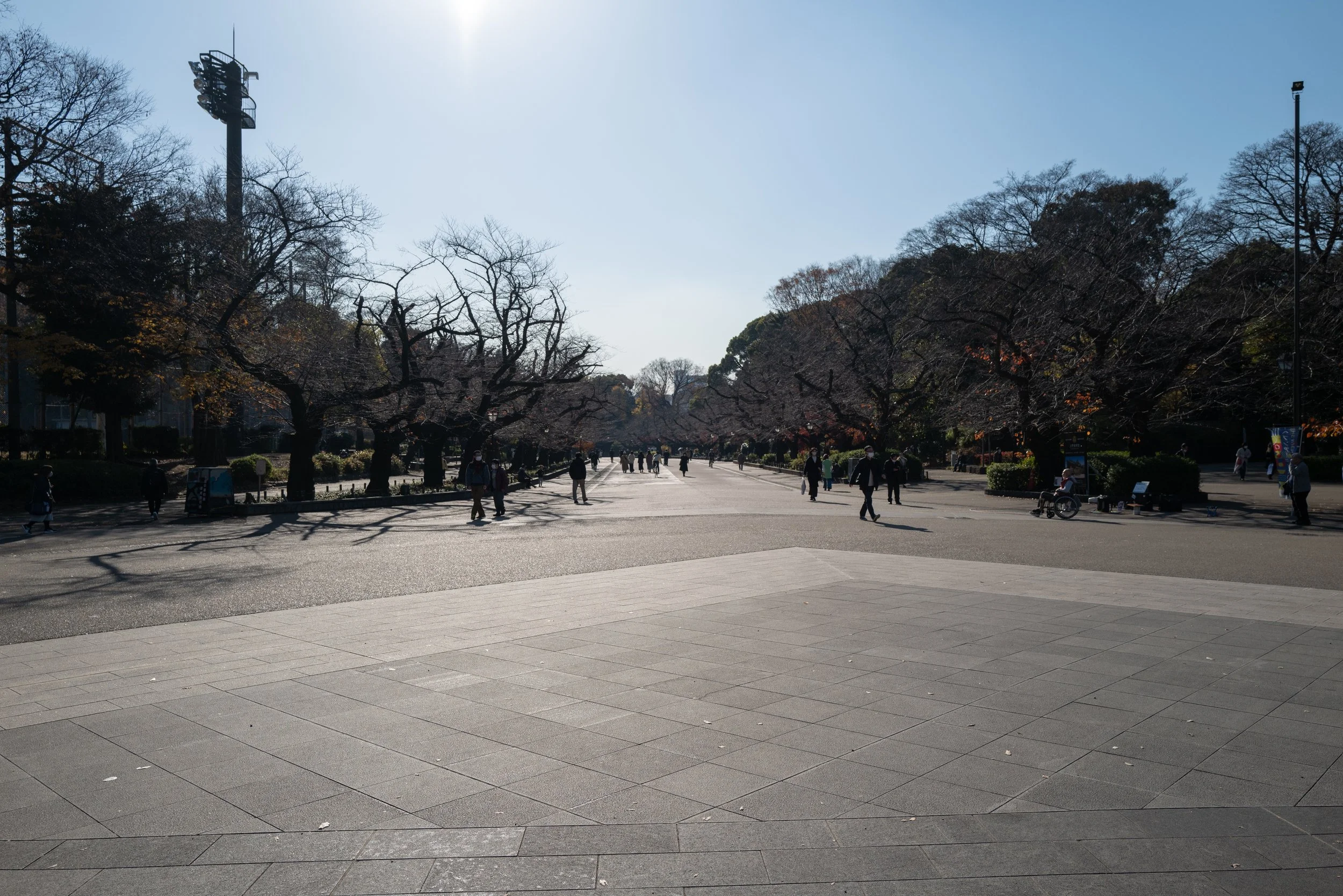
Ueno Park
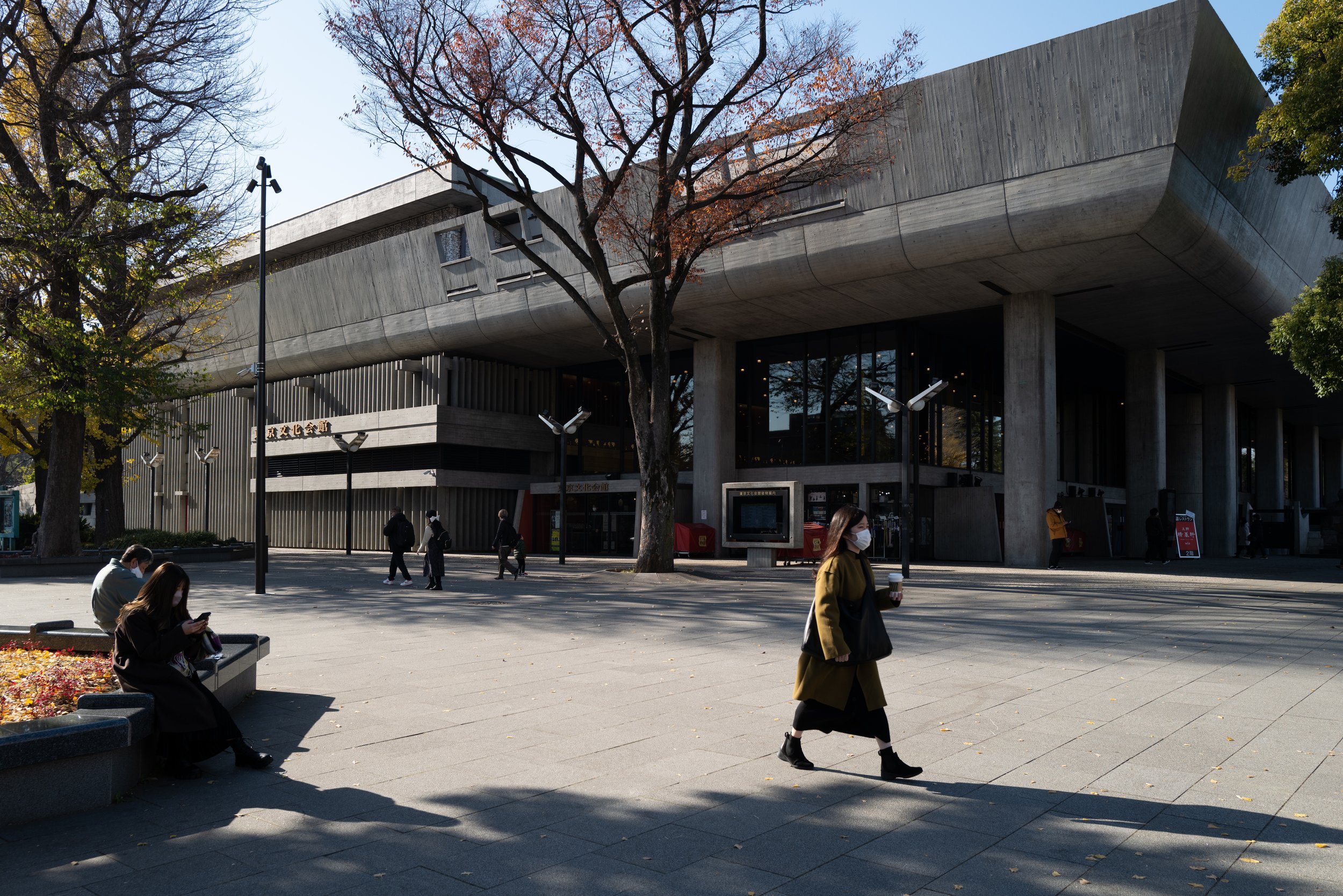
Tokyo Bunka Kaikan Ballet Hall
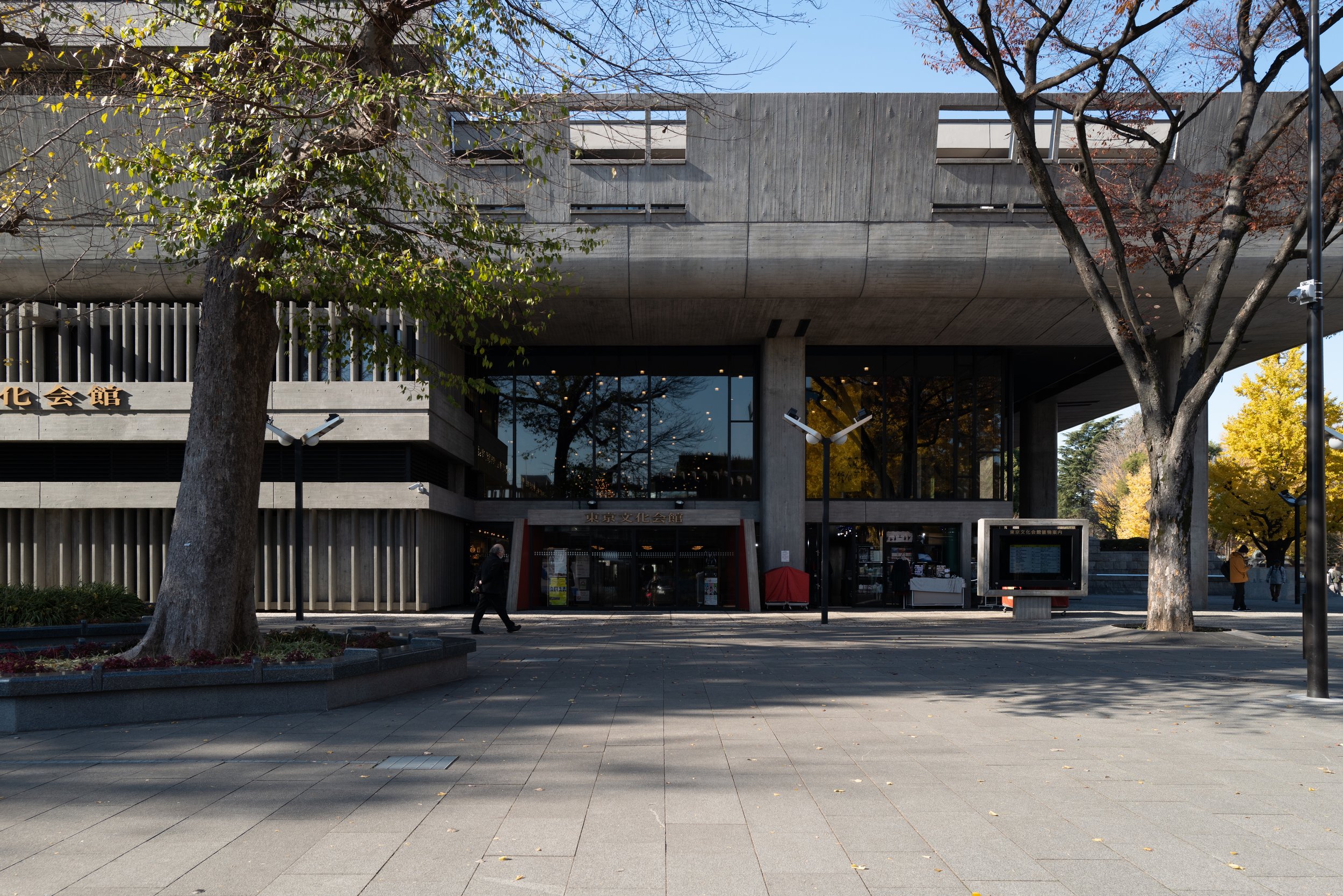
Tokyo Bunka Kaikan Ballet Hall
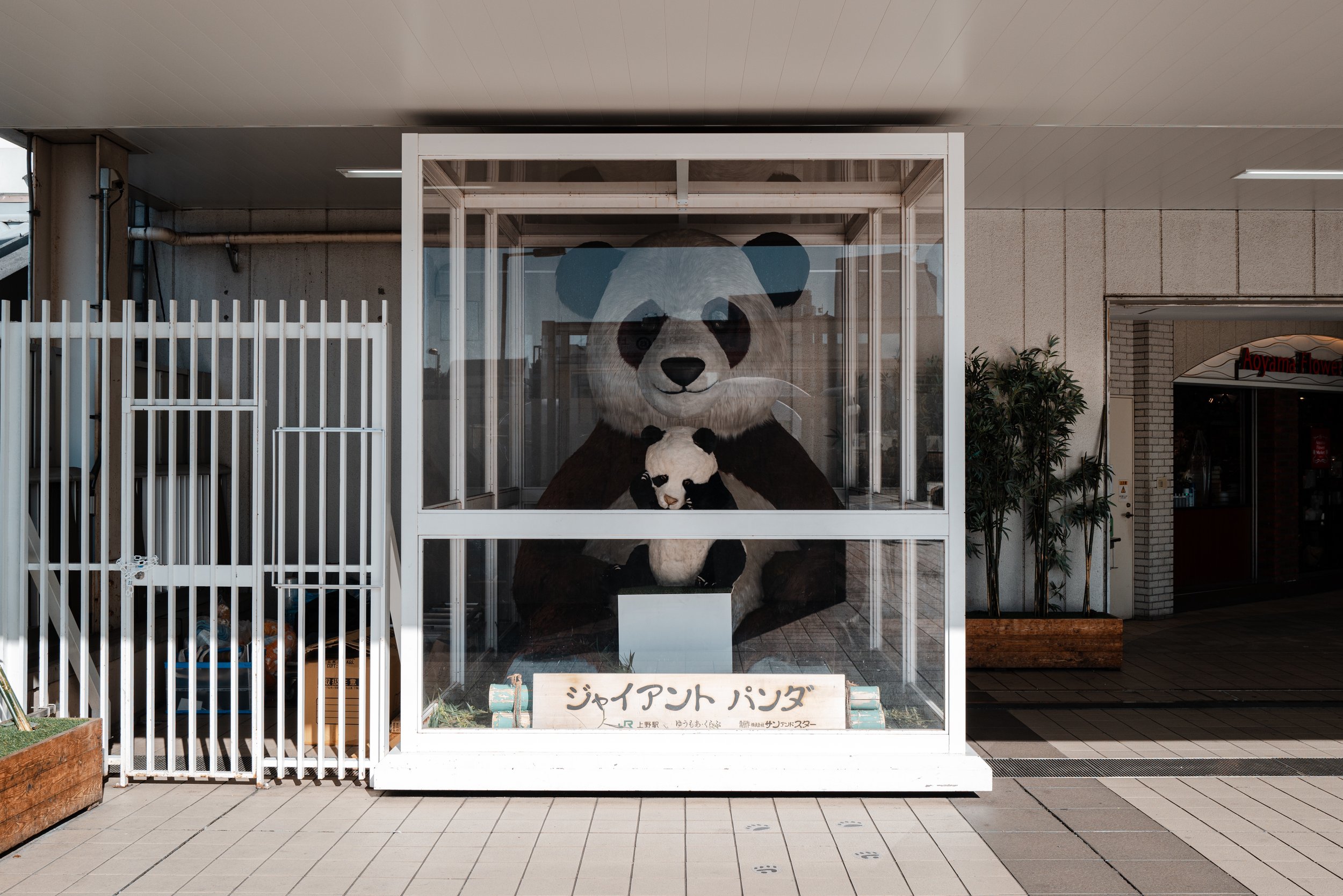
Panda of Ueno Zoo
Ameya-Yokochō
Ameya-Yokochō (meaning "candy street alley") is a shopping district located in the Ueno area of Tokyo, Japan.
It is a popular destination for tourists and locals alike, and is known for its street food stalls and small independent shops selling a wide variety of goods, including clothes, electronics, and toys. Ameya-Yokochō is also known for its lively atmosphere and the many street performers and musicians who entertain visitors. The district is located just a short walk from Ueno Station, making it easy to access from many parts of Tokyo.
Ameyoko (ア メ 横) is a market along the Yamanote line tracks between Okachimachi and Ueno stations. The name 'Ameyoko' is a shortened form of 'Ameya Yokocho' (candy shop alley), as candy was traditionally sold there. Alternatively, 'Ame' also means 'America' because many American products were available there when the street was a black market location in the years following World War II.
Today, various products such as clothes, handbags, cosmetics, fresh fish, dried food and spices are sold at Ameyoko. Opening and closing times depend on the individual shops, but shops generally open around 10am and close around 8pm. Many shops are closed on Wednesdays.

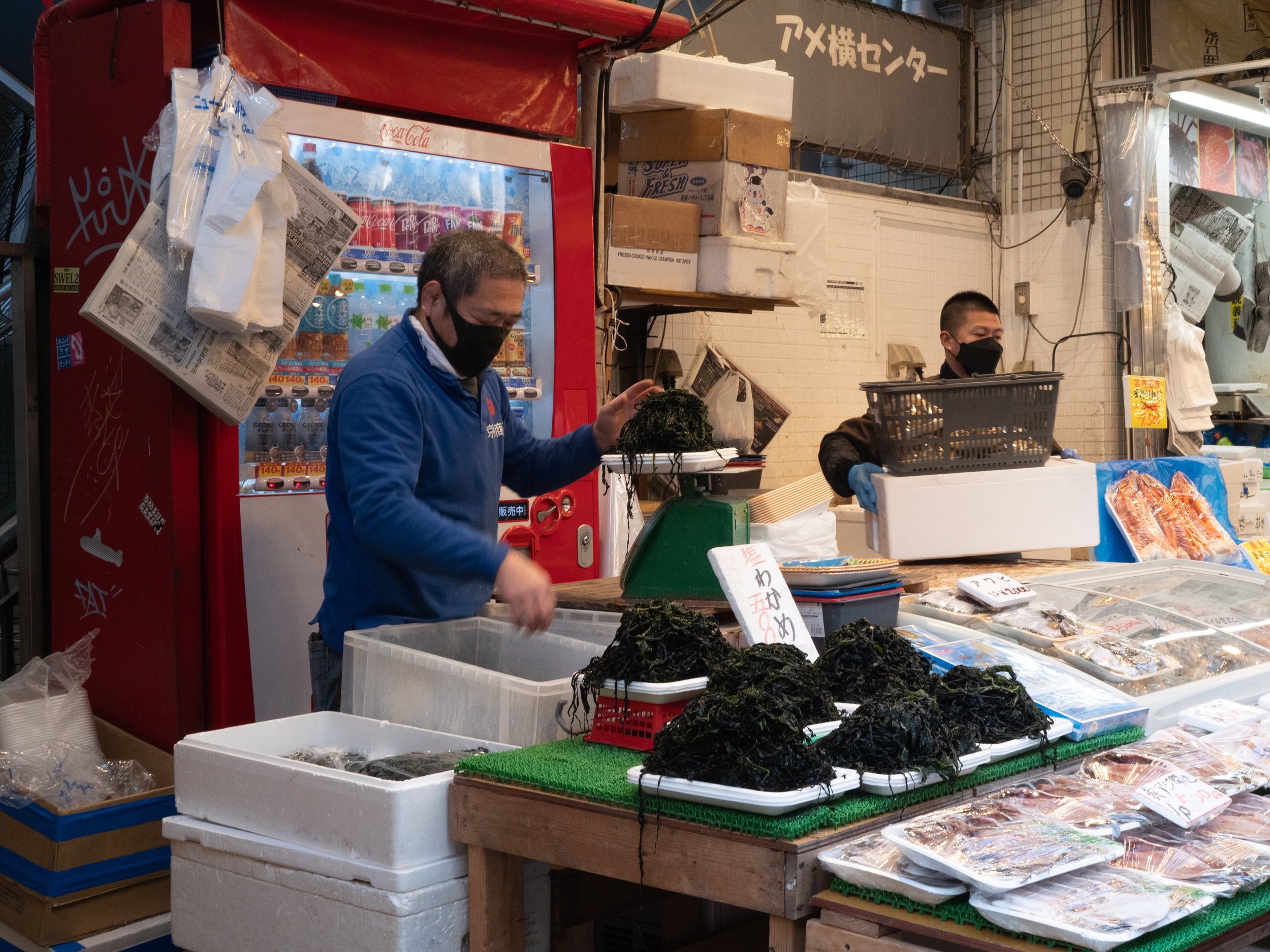
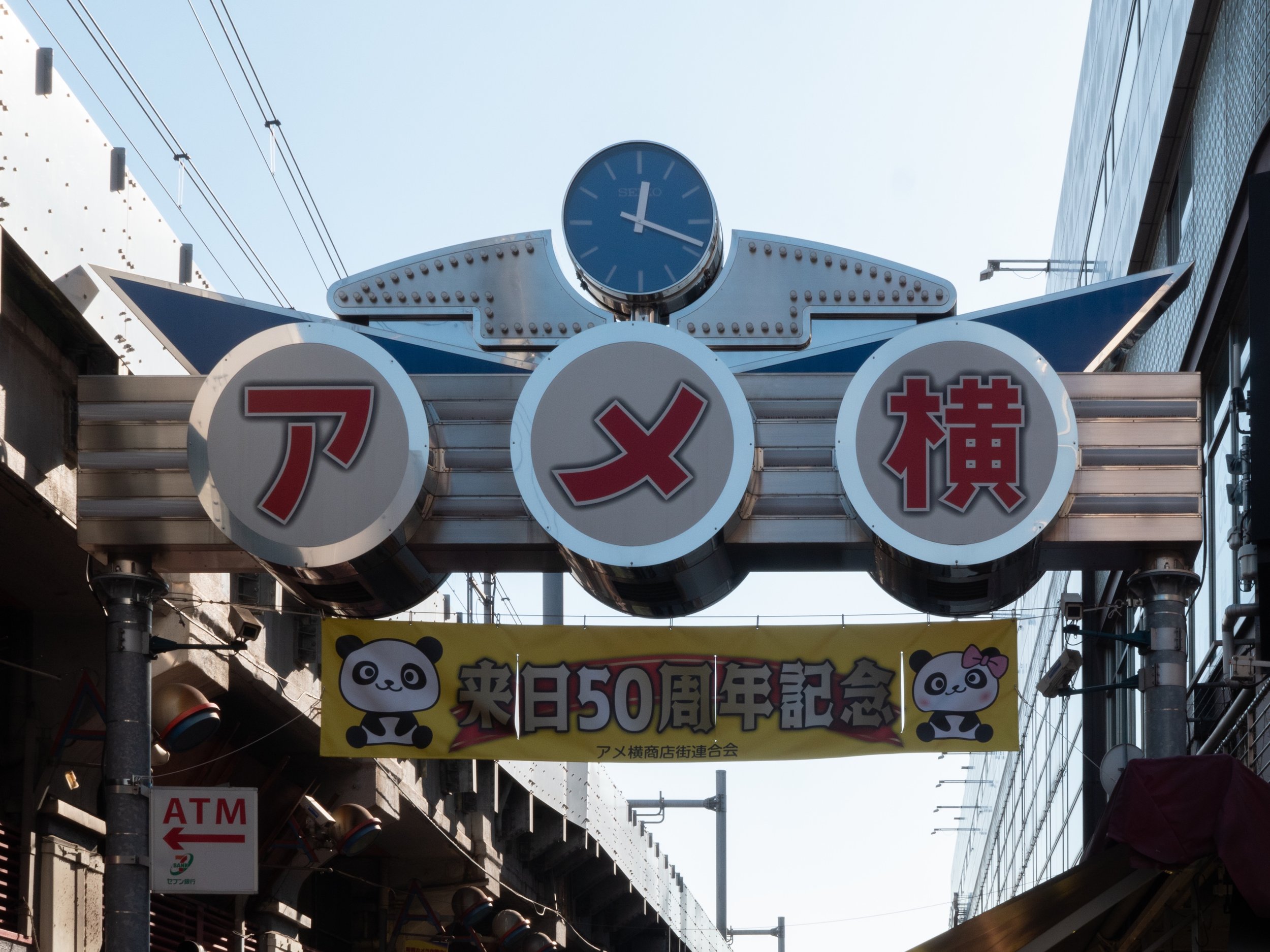
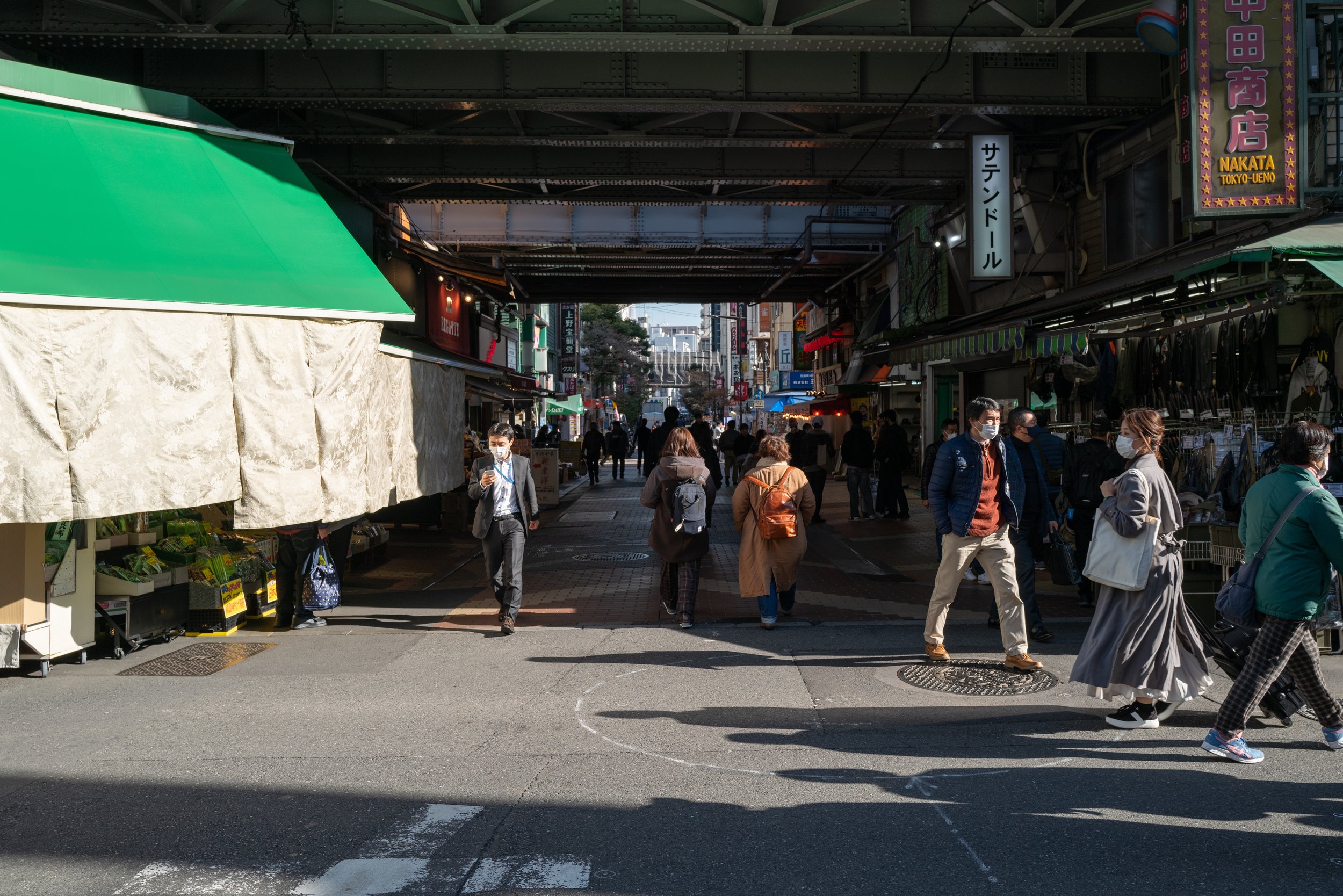

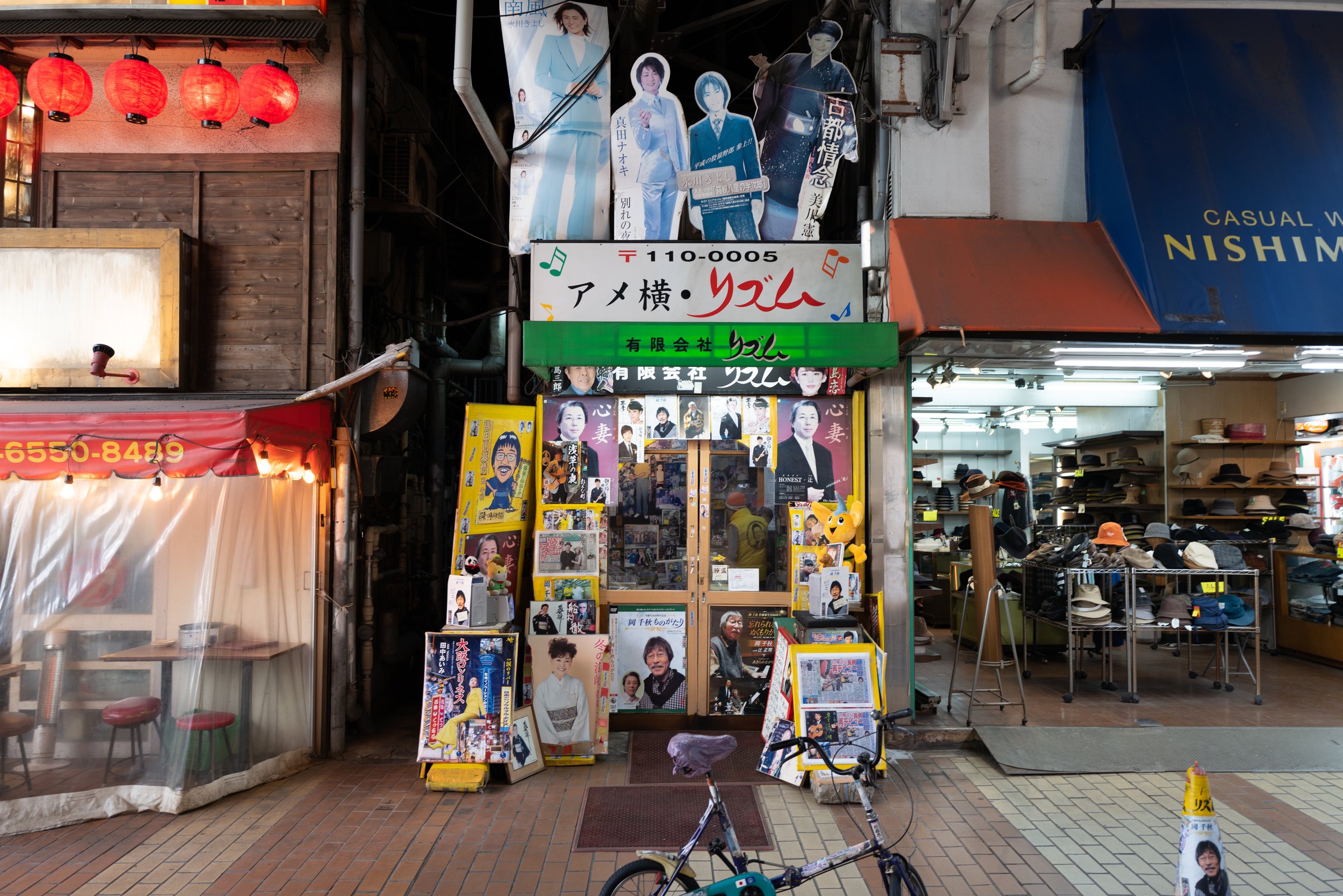
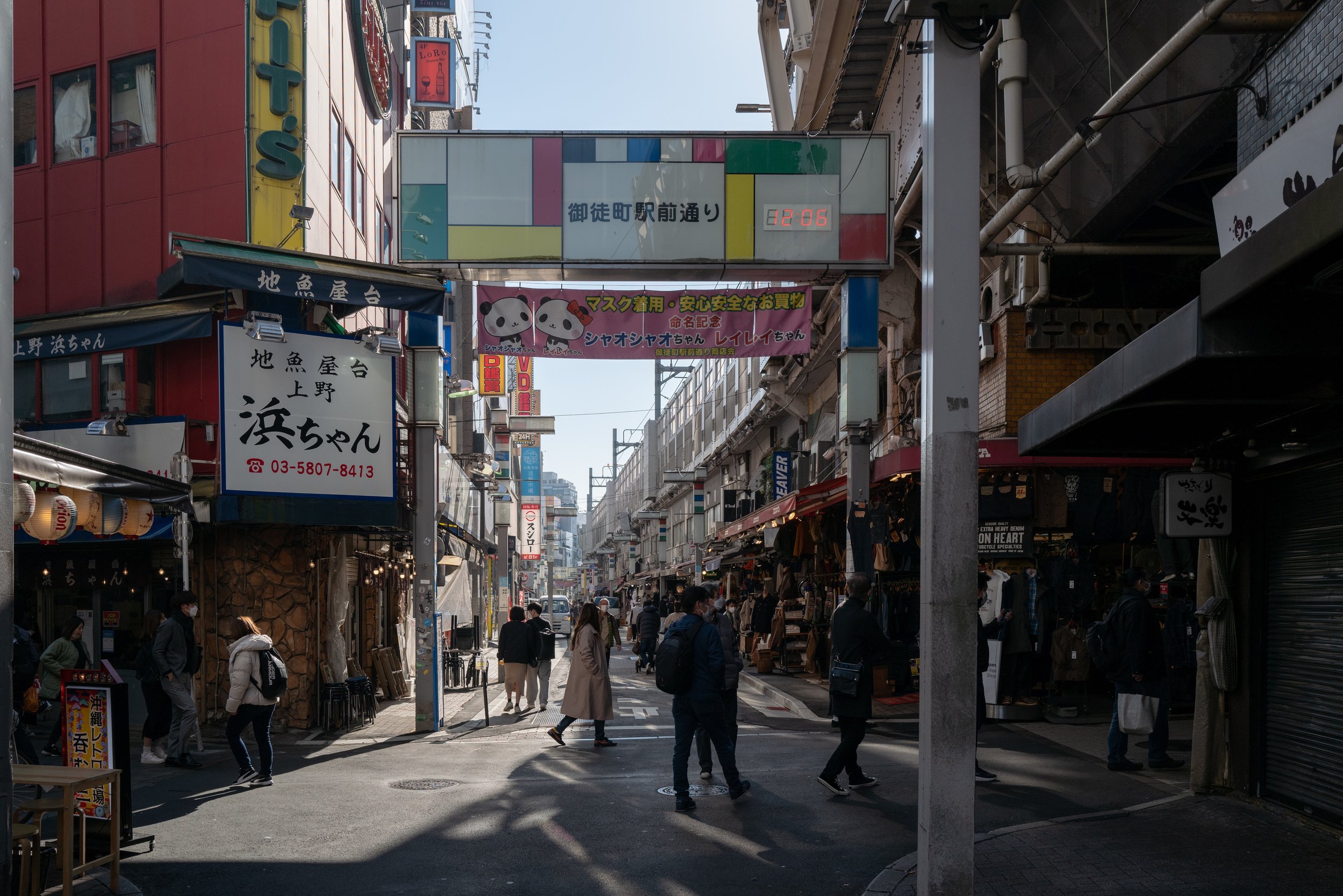

TOKYO











